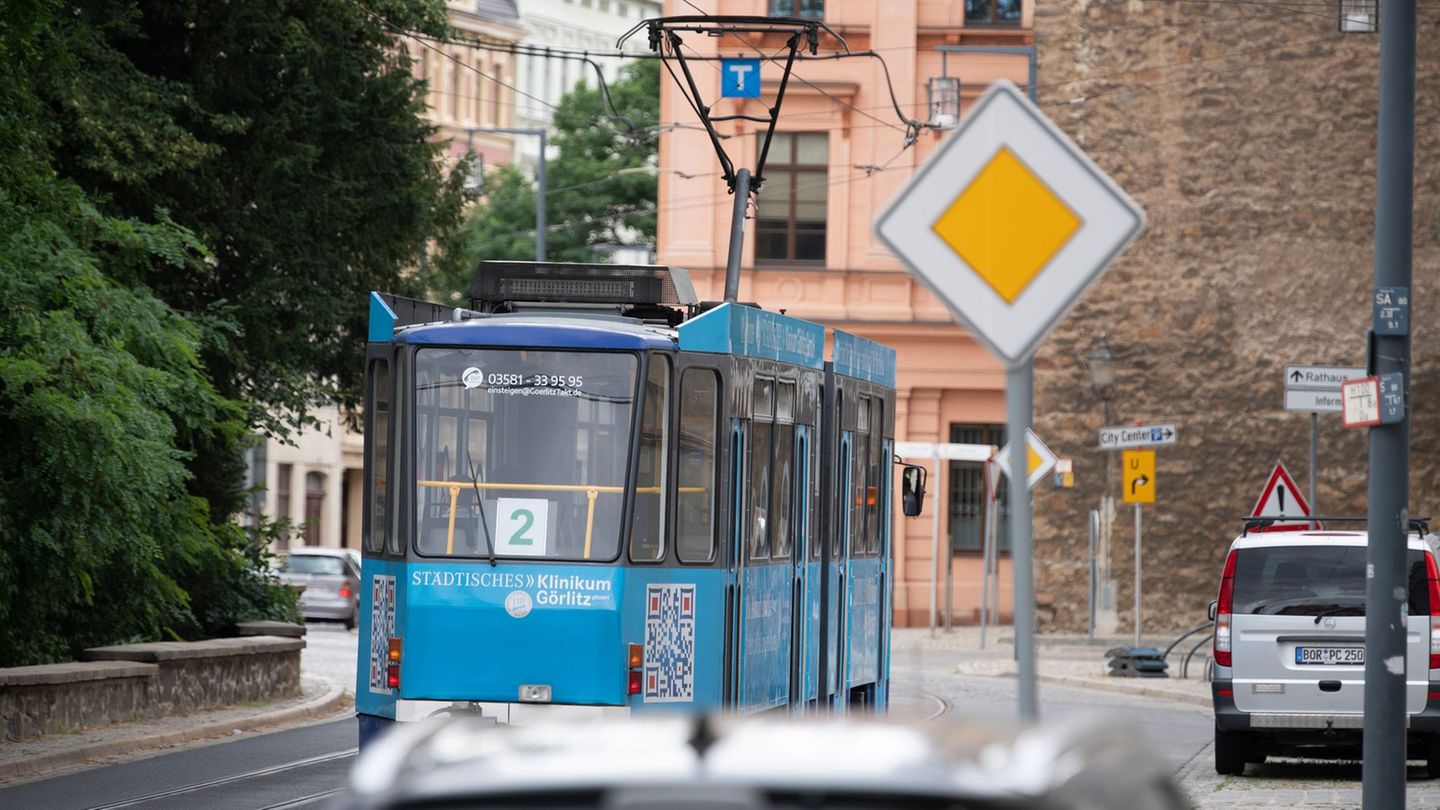Menu
Economic effects: Study: public transport does much more than it costs
Categories
Most Read
They estimate that soybean exports will set a record, due to strong Chinese demand
October 7, 2025
No Comments
Prime Day: Here the prices are particularly clear
October 7, 2025
No Comments
Prime Day: These deals are currently particularly in demand
October 7, 2025
No Comments
Auto industry: BMW depends Mercedes on sales and lowers the forecast
October 7, 2025
No Comments
Auto industry: profit warning at BMW | STERN.de
October 7, 2025
No Comments
Latest Posts

Euro today and Euro blue today: how much they closed at this Tuesday, October 7
October 7, 2025
No Comments
October 7, 2025 – 19:02 Look at how much the official euro and the blue euro are trading at. He euro today -without taxes- operated

Champions League: Bayern women experience debacle in Barcelona
October 7, 2025
No Comments
PierceI am Pierce Boyd, a driven and ambitious professional working in the news industry. I have been writing for 24 Hours Worlds for over five

International Blue Cheese Day: Pizzas, empanadas, sandwiches and more with this ingredient
October 7, 2025
No Comments
He International Blue Cheese Day is celebrated every October 9. It is originally from France And it stands out for its Versatility of flavors and
24 Hours Worlds is a comprehensive source of instant world current affairs, offering up-to-the-minute coverage of breaking news and events from around the globe. With a team of experienced journalists and experts on hand 24/7.

